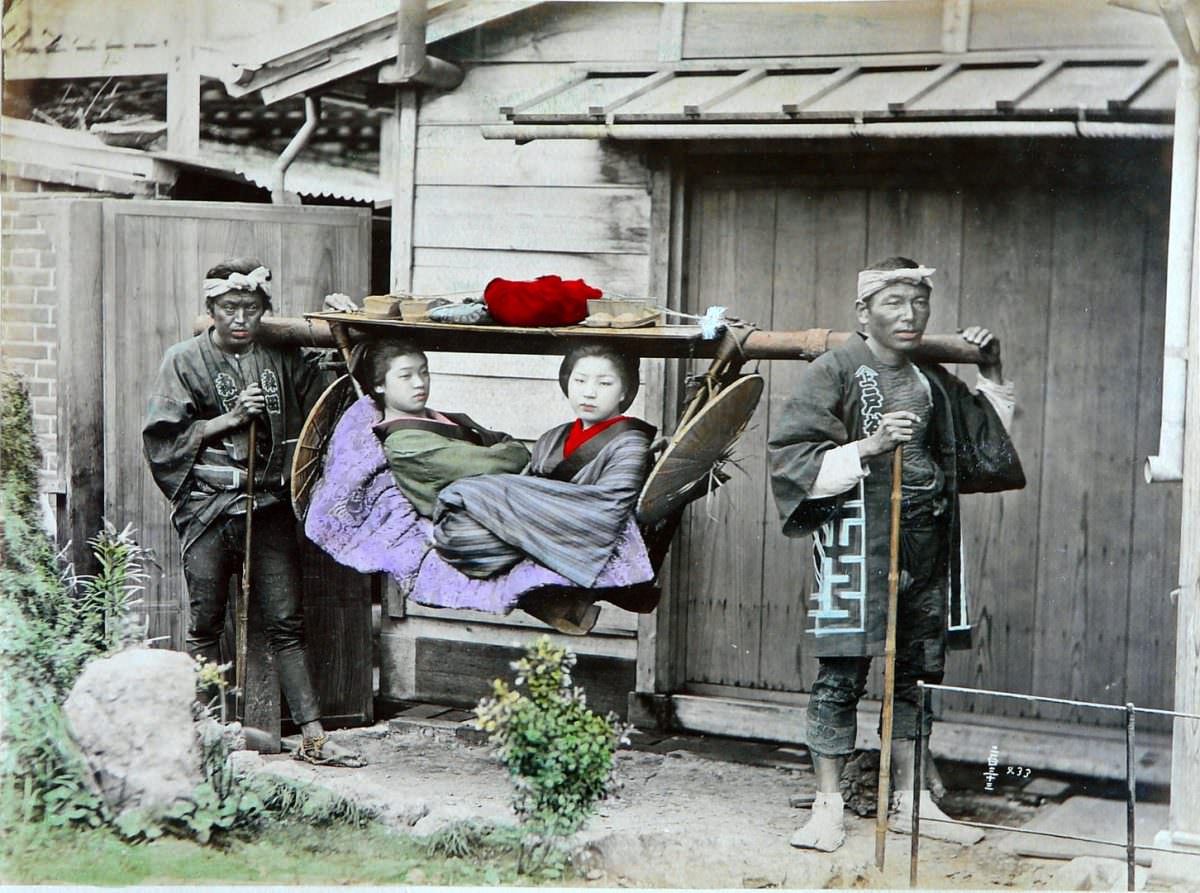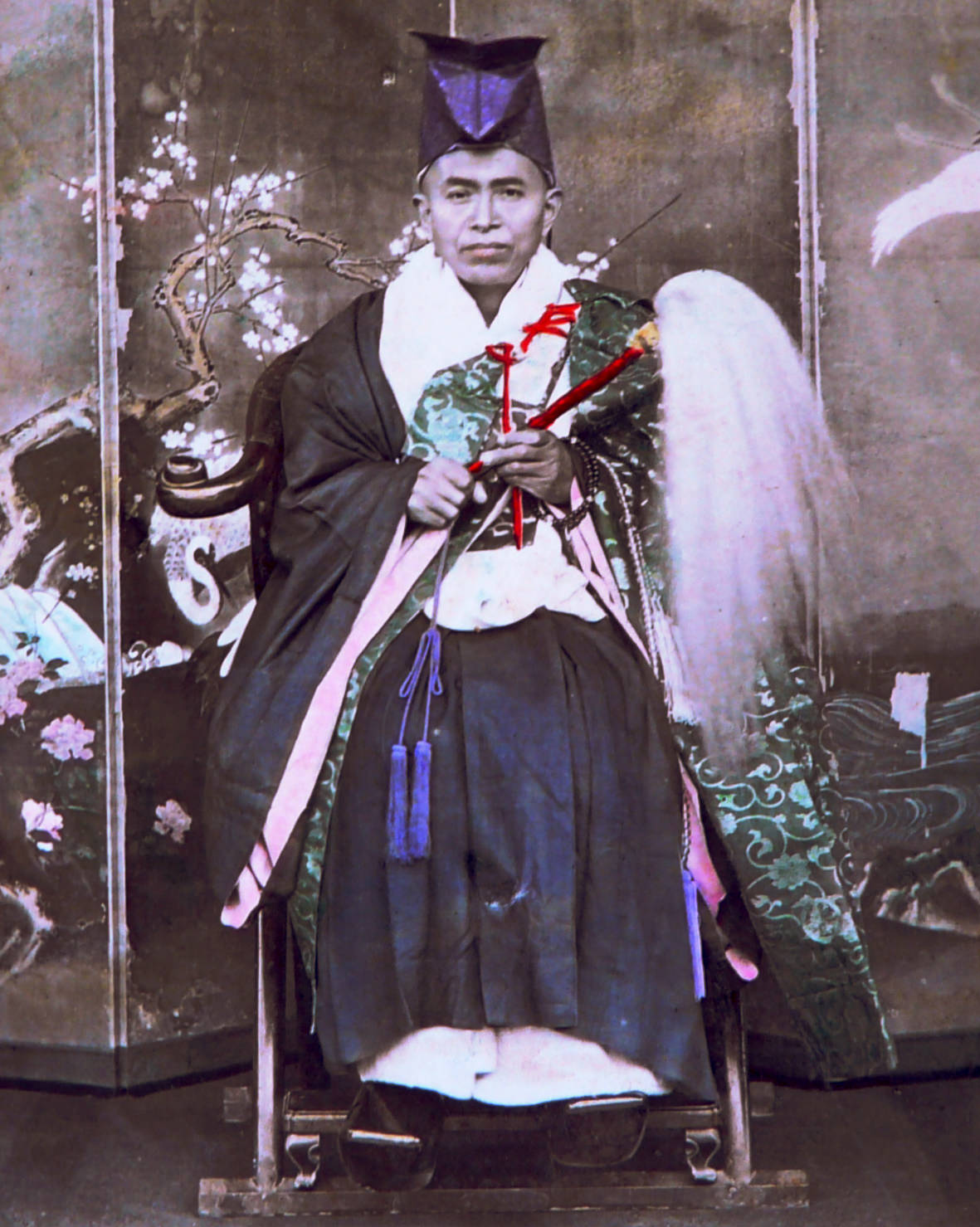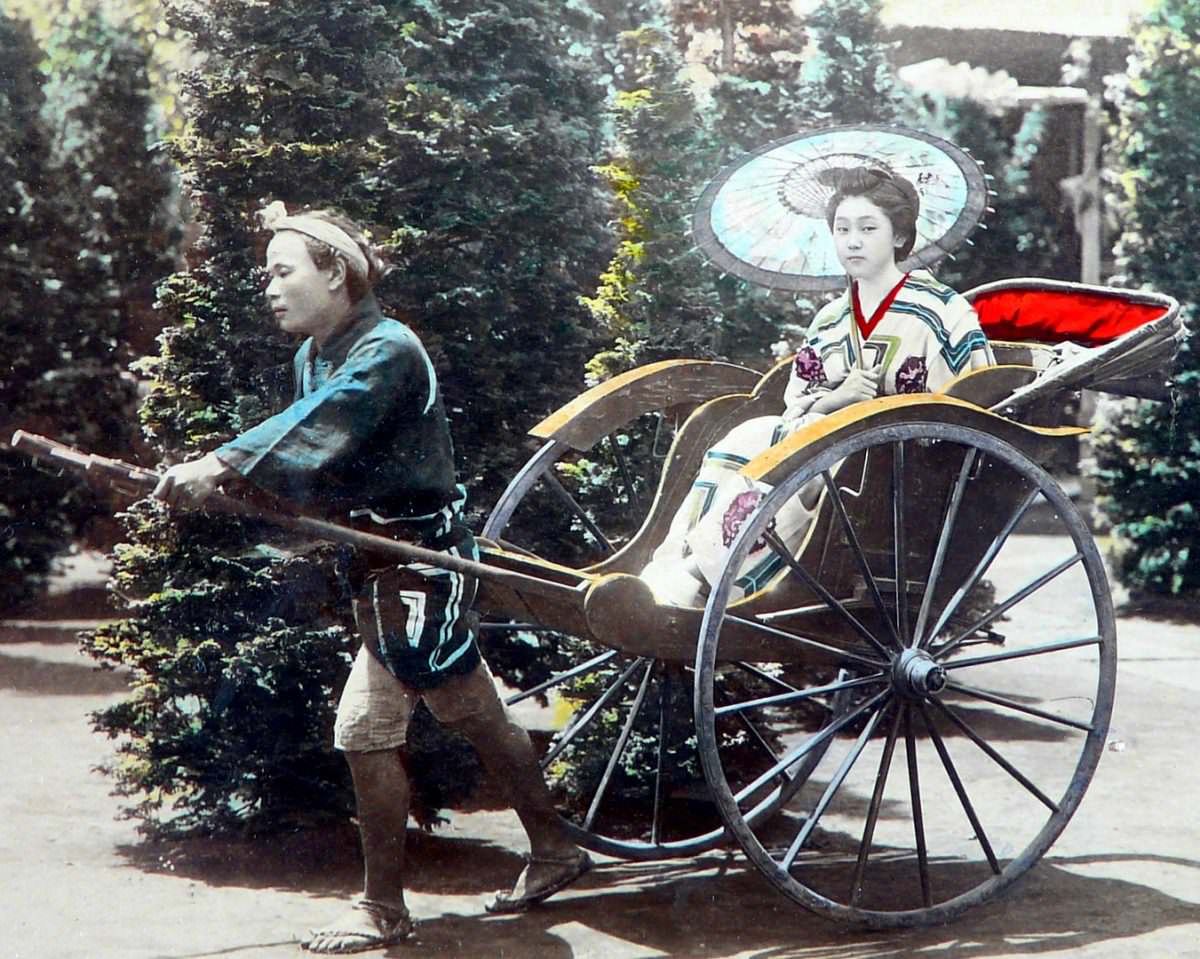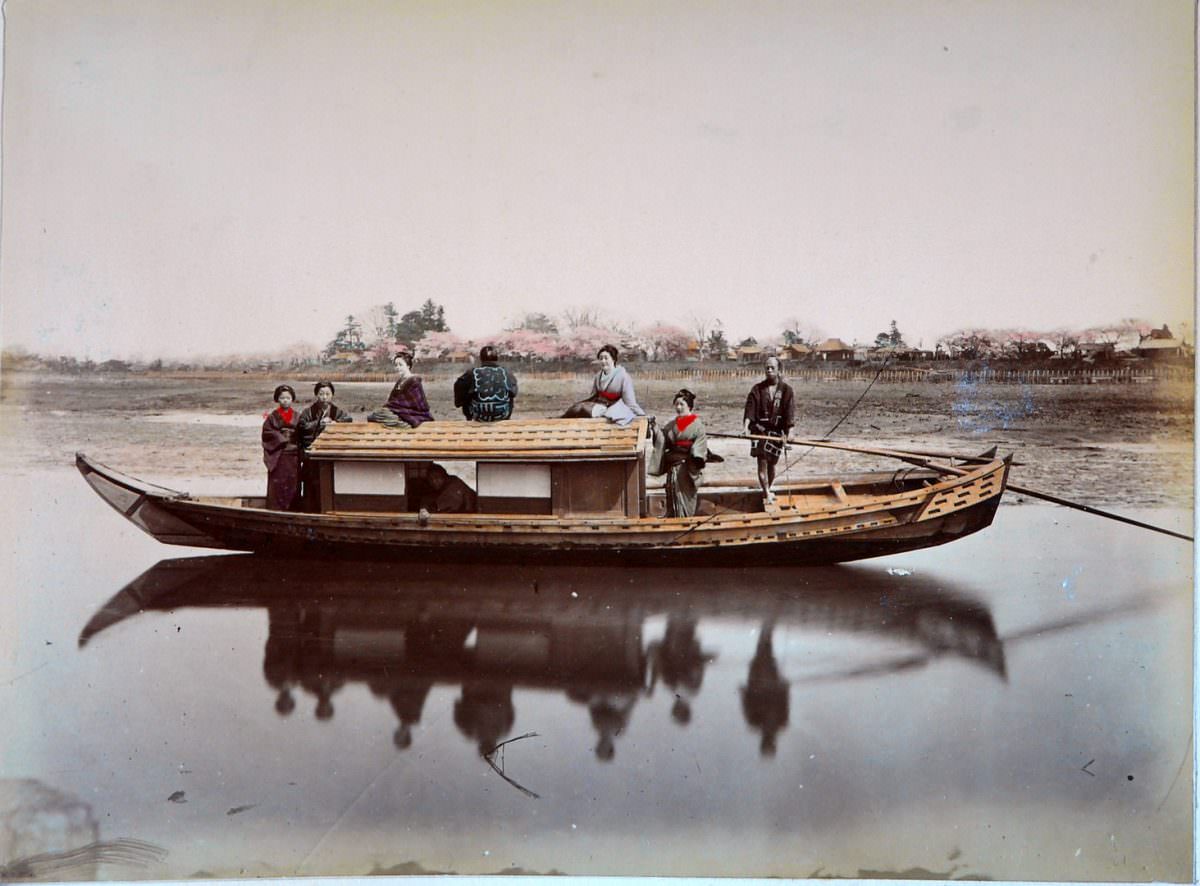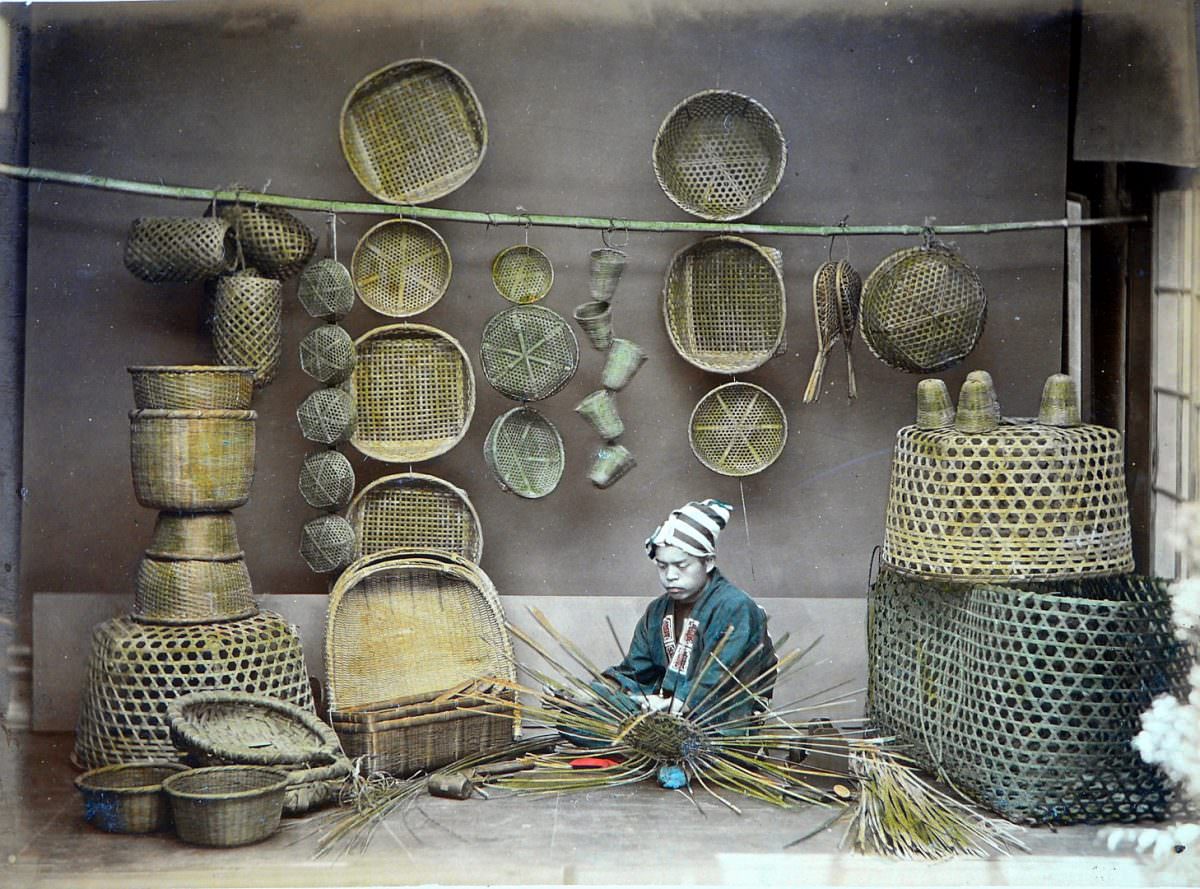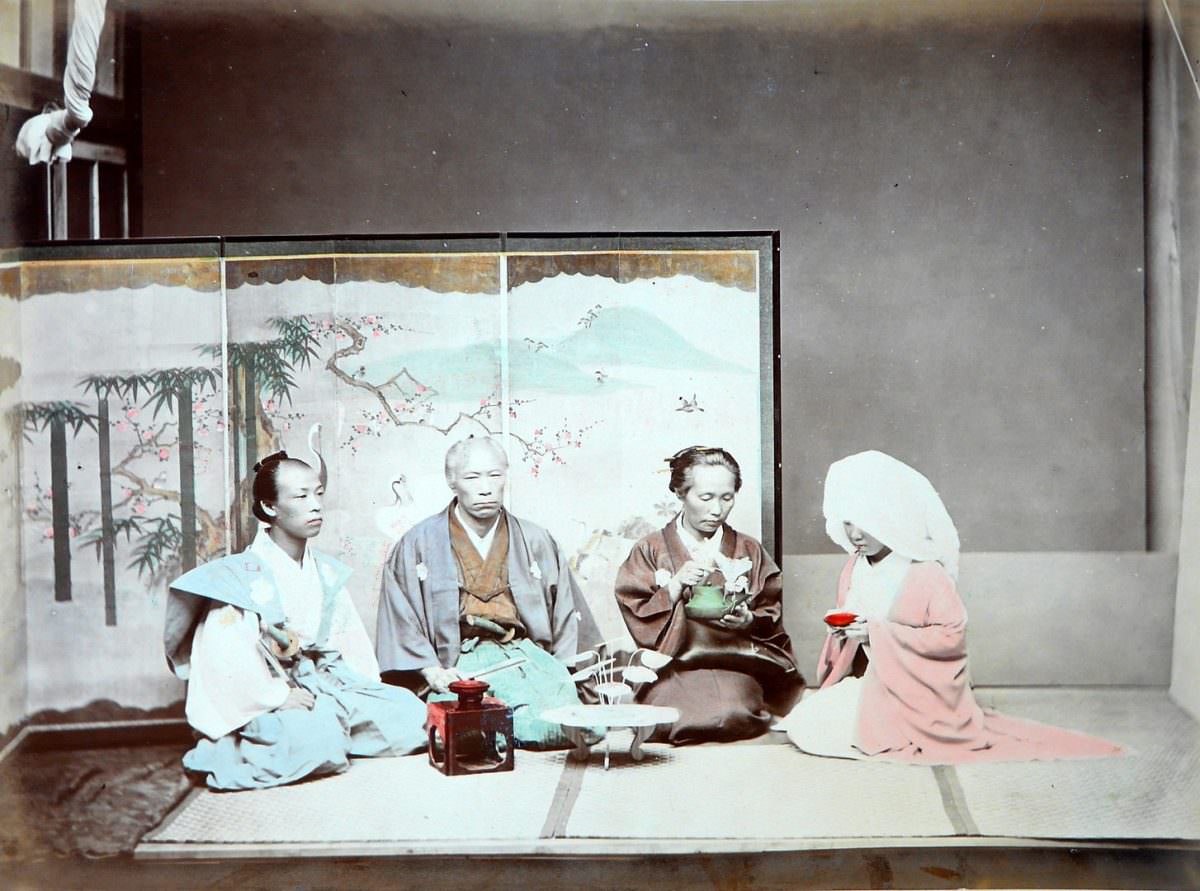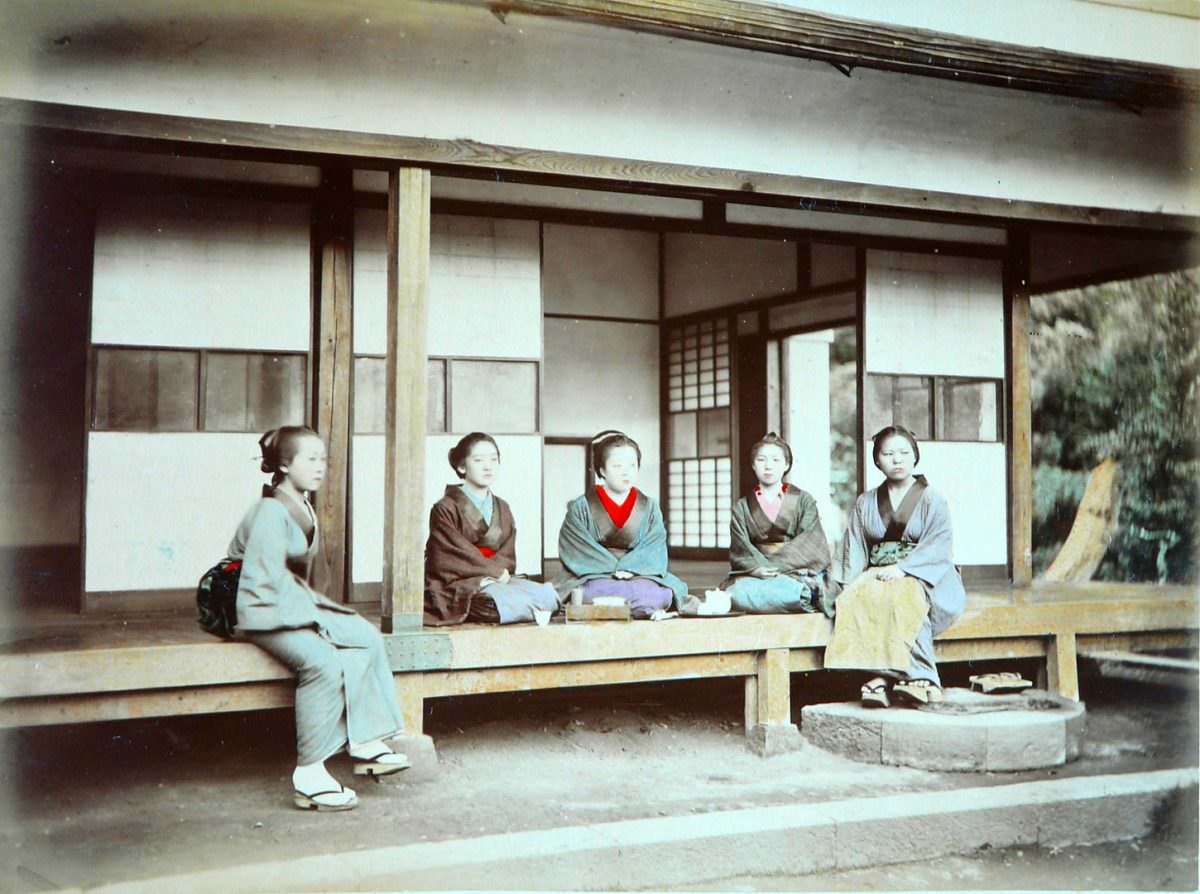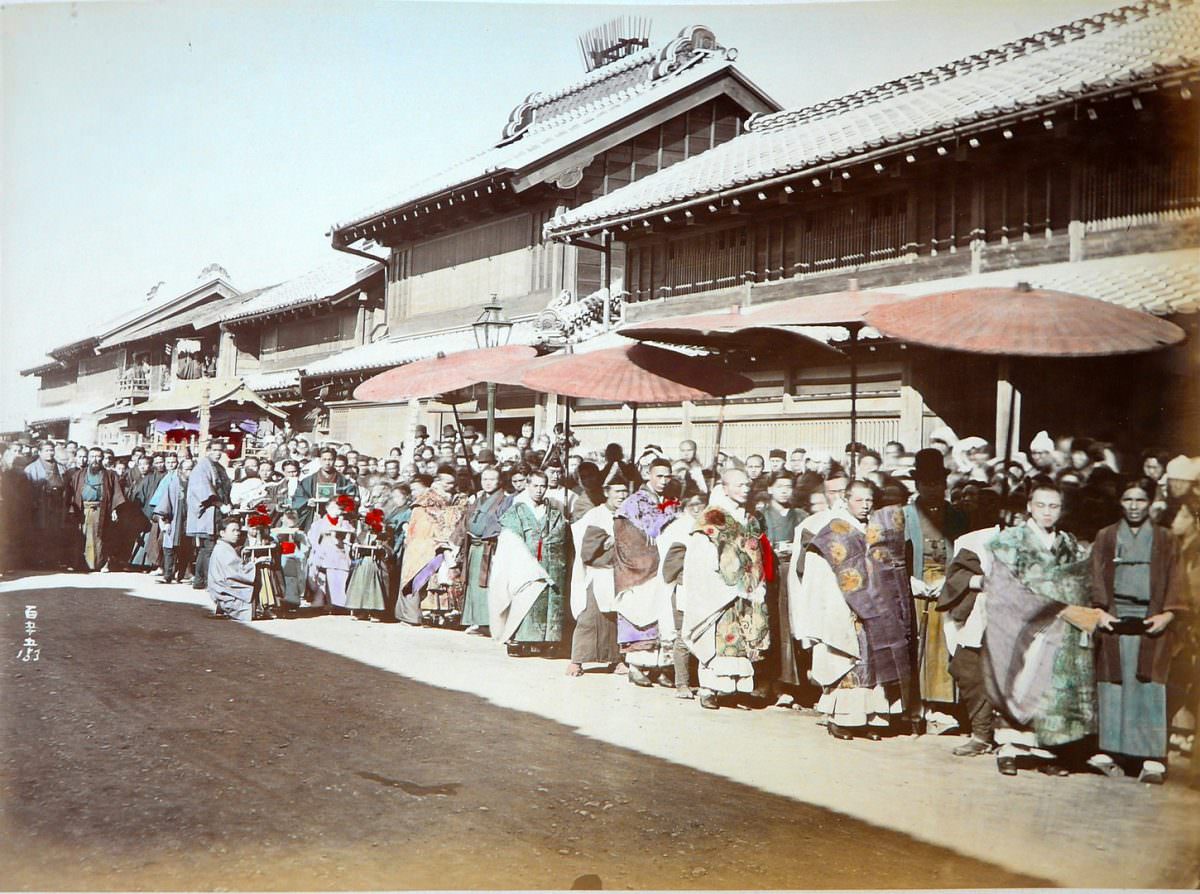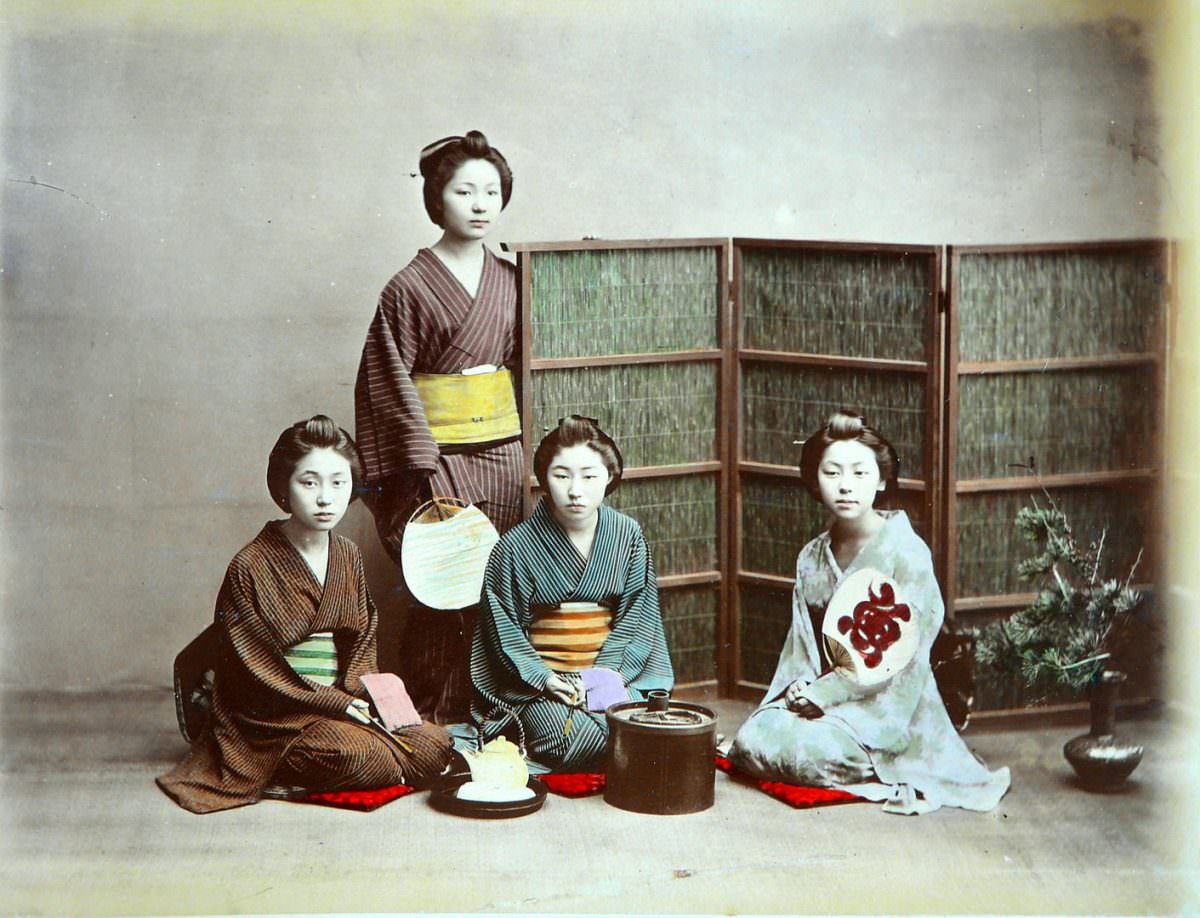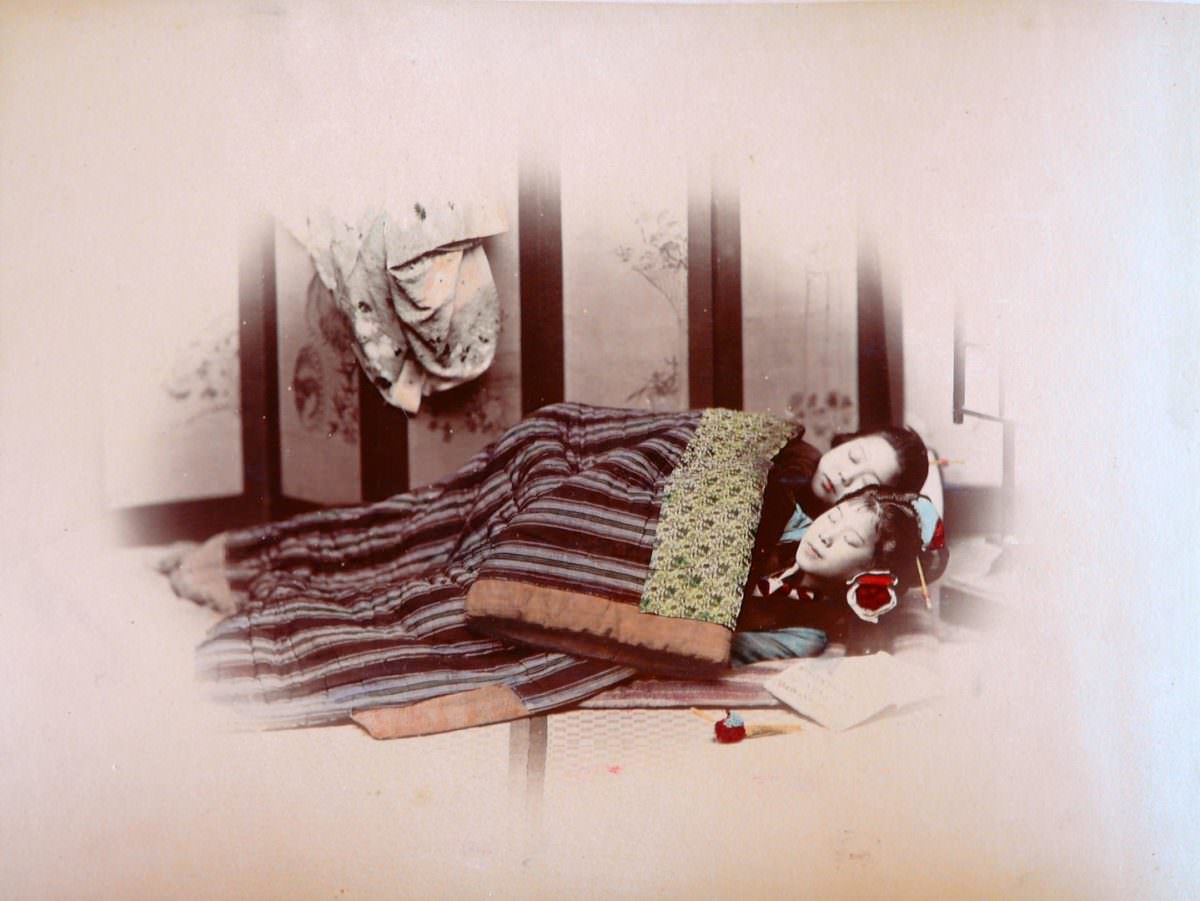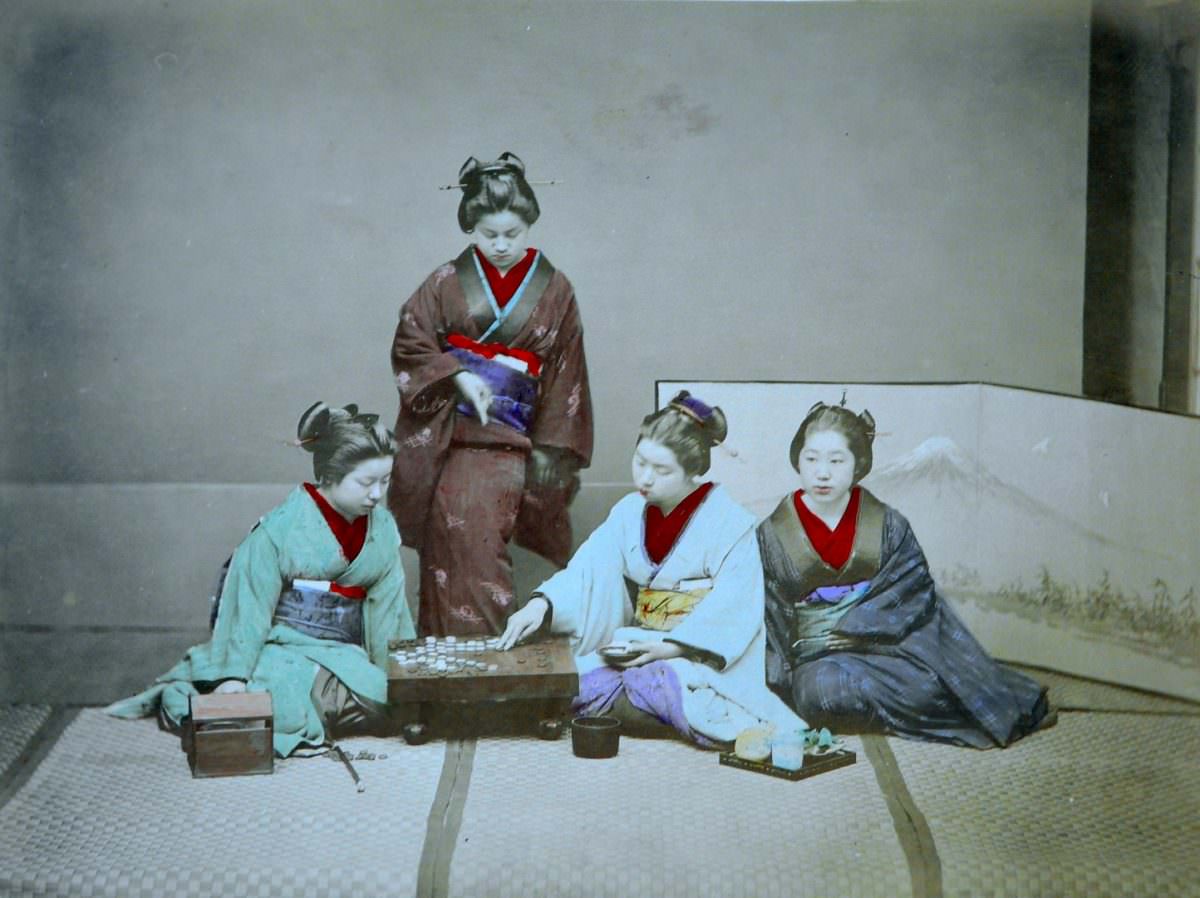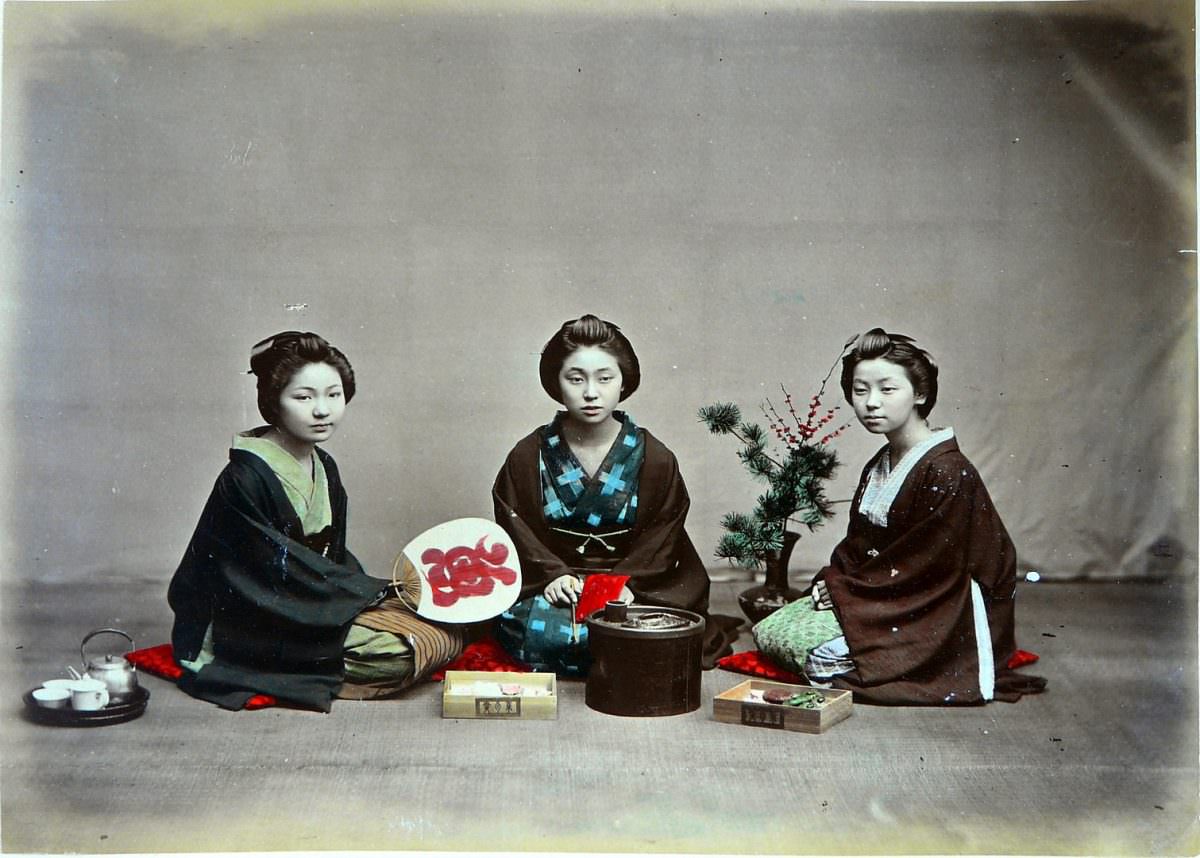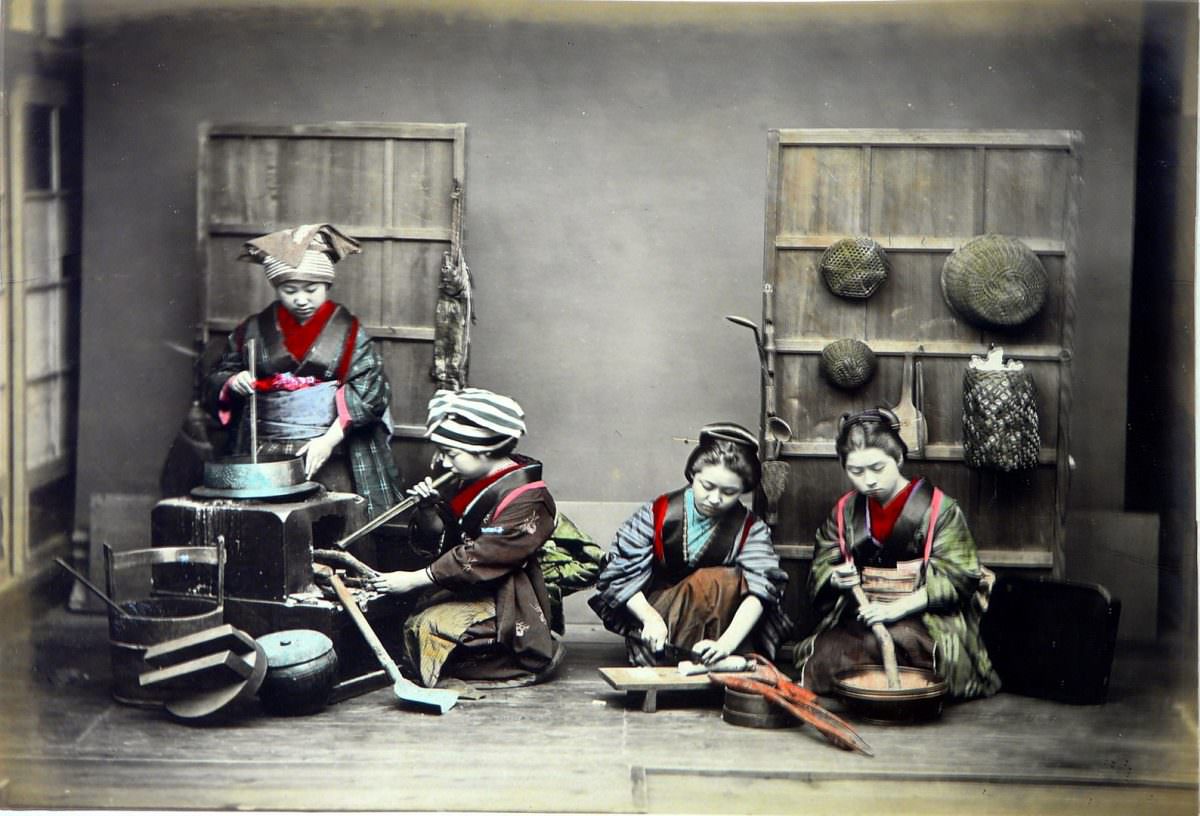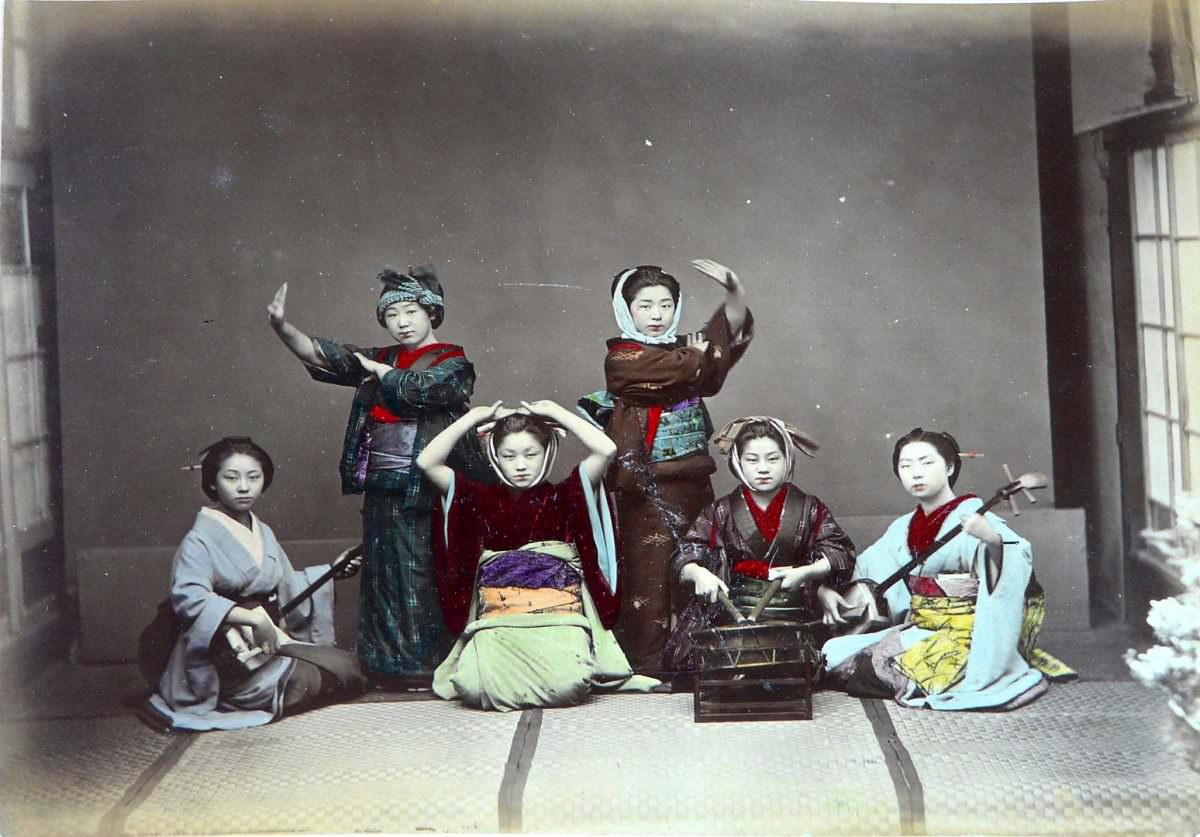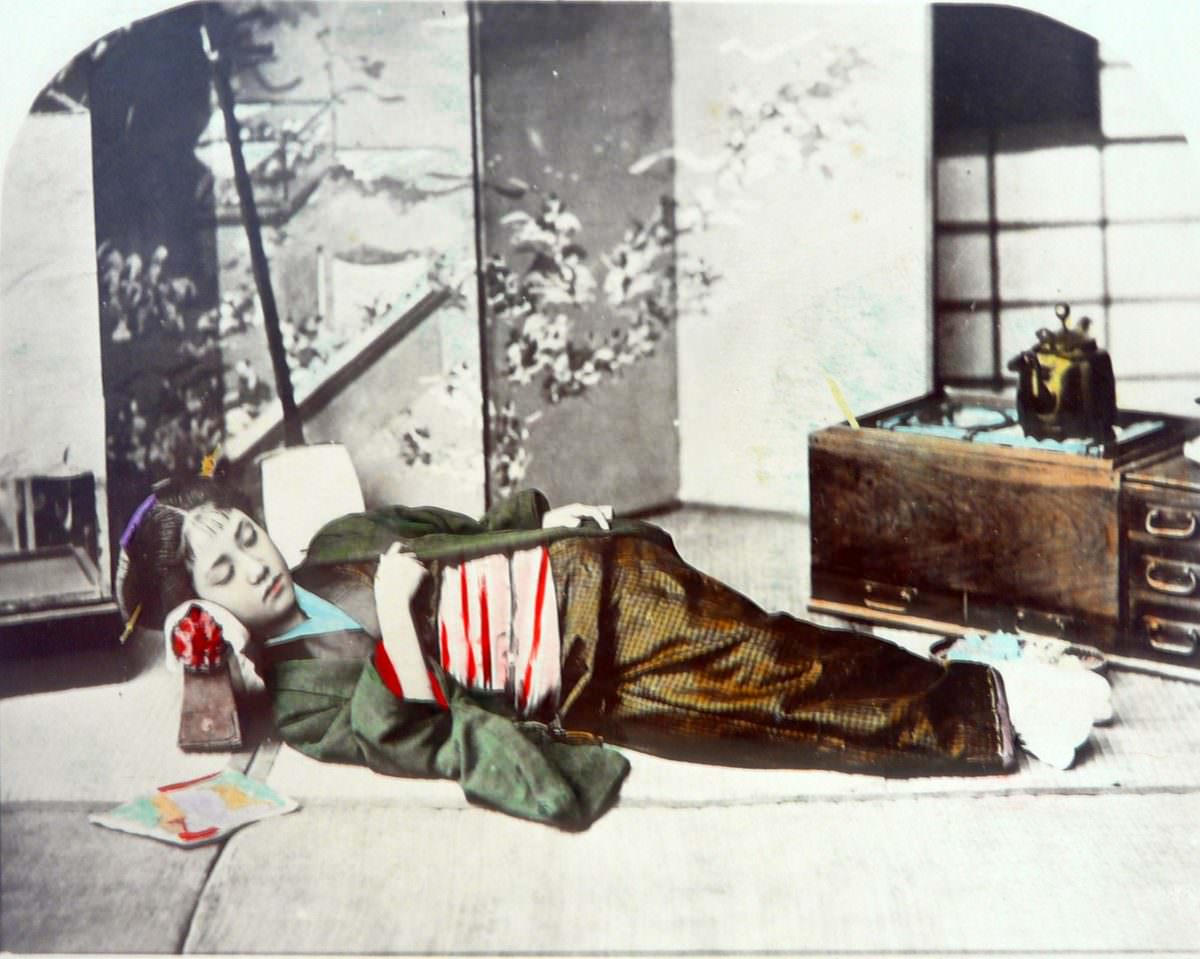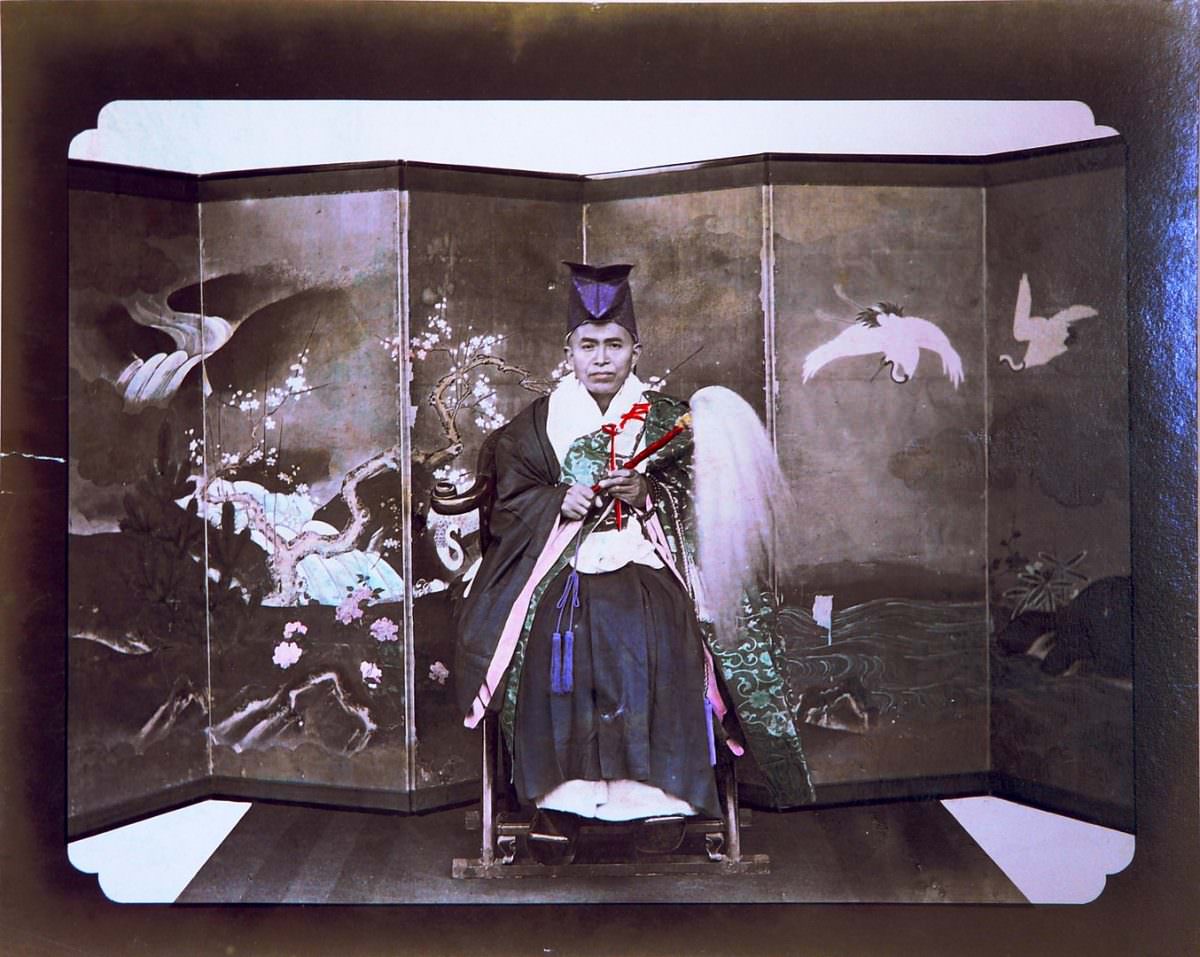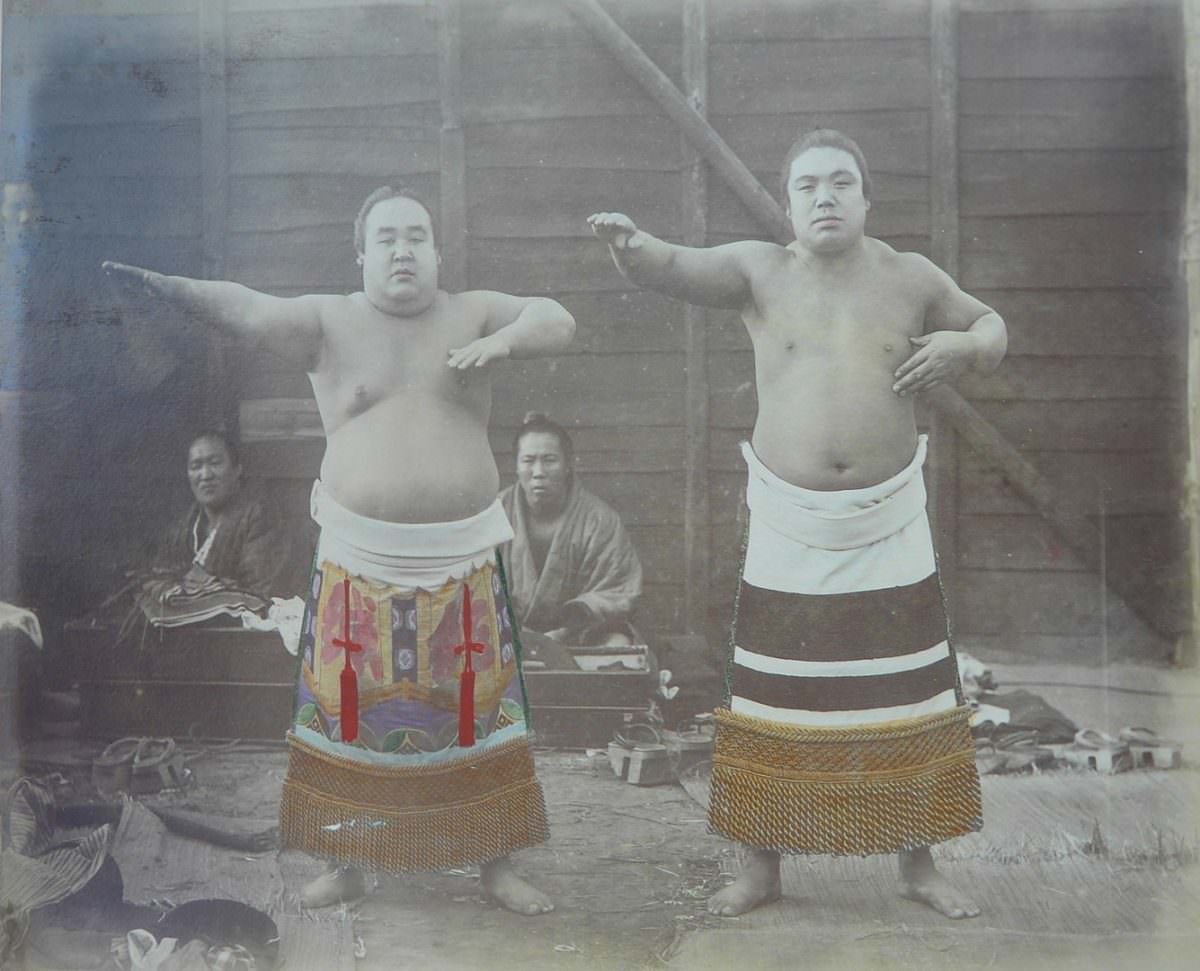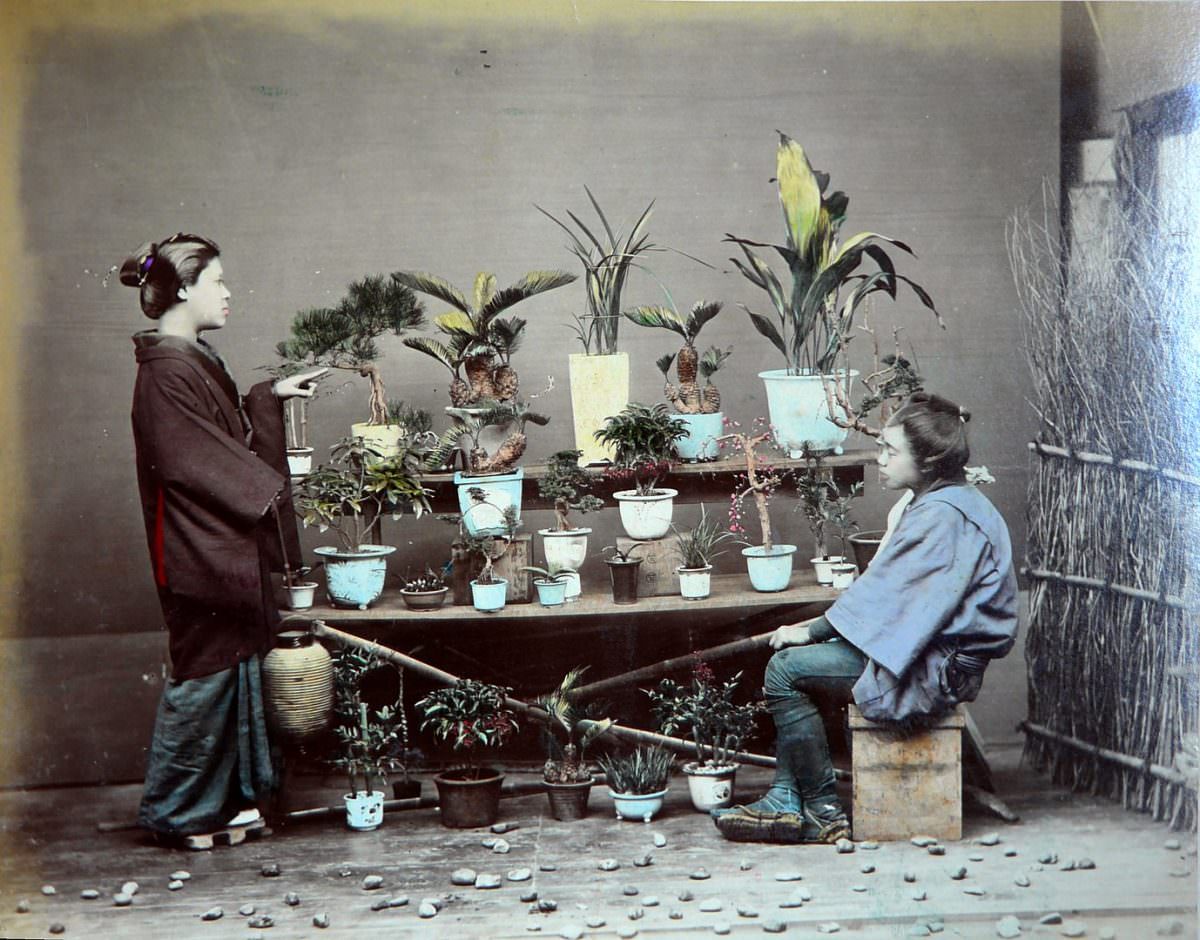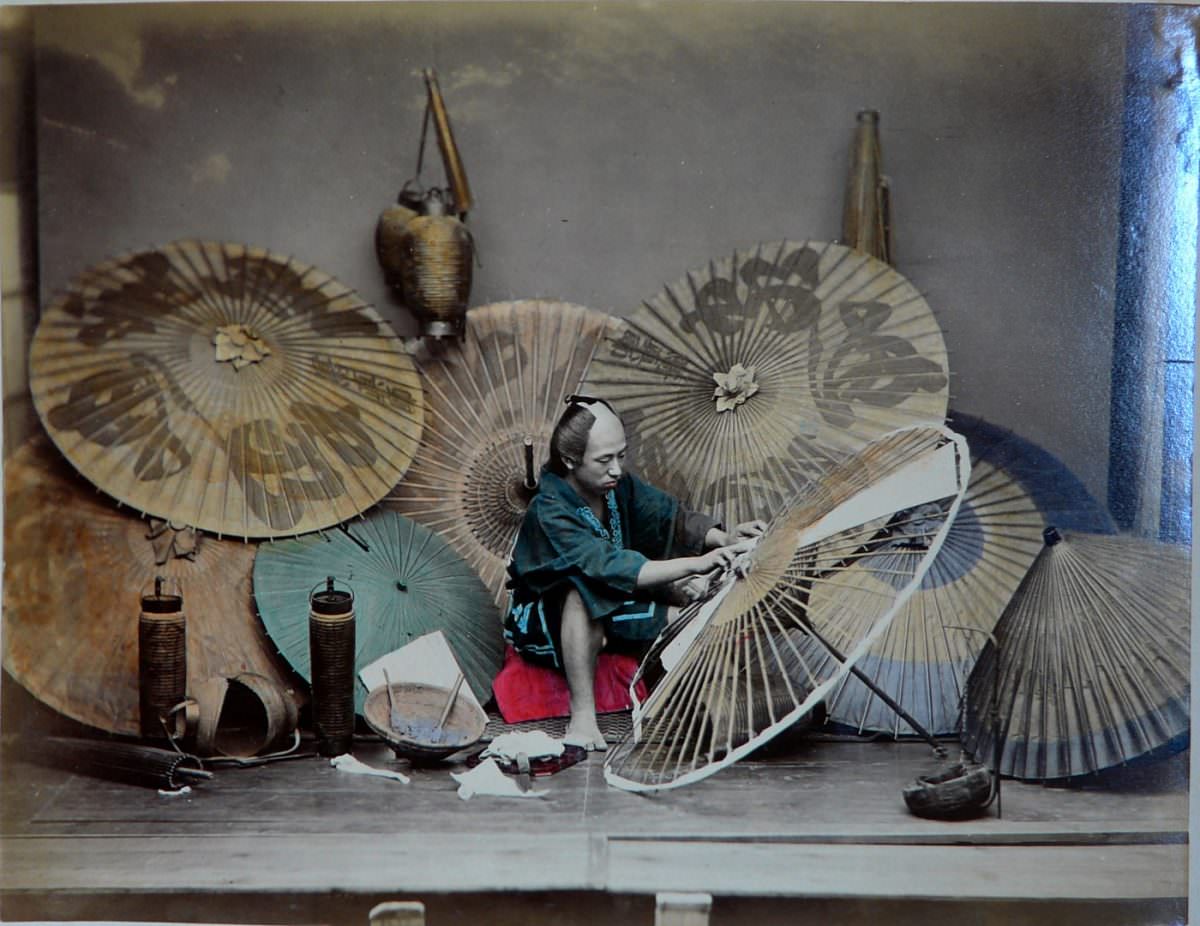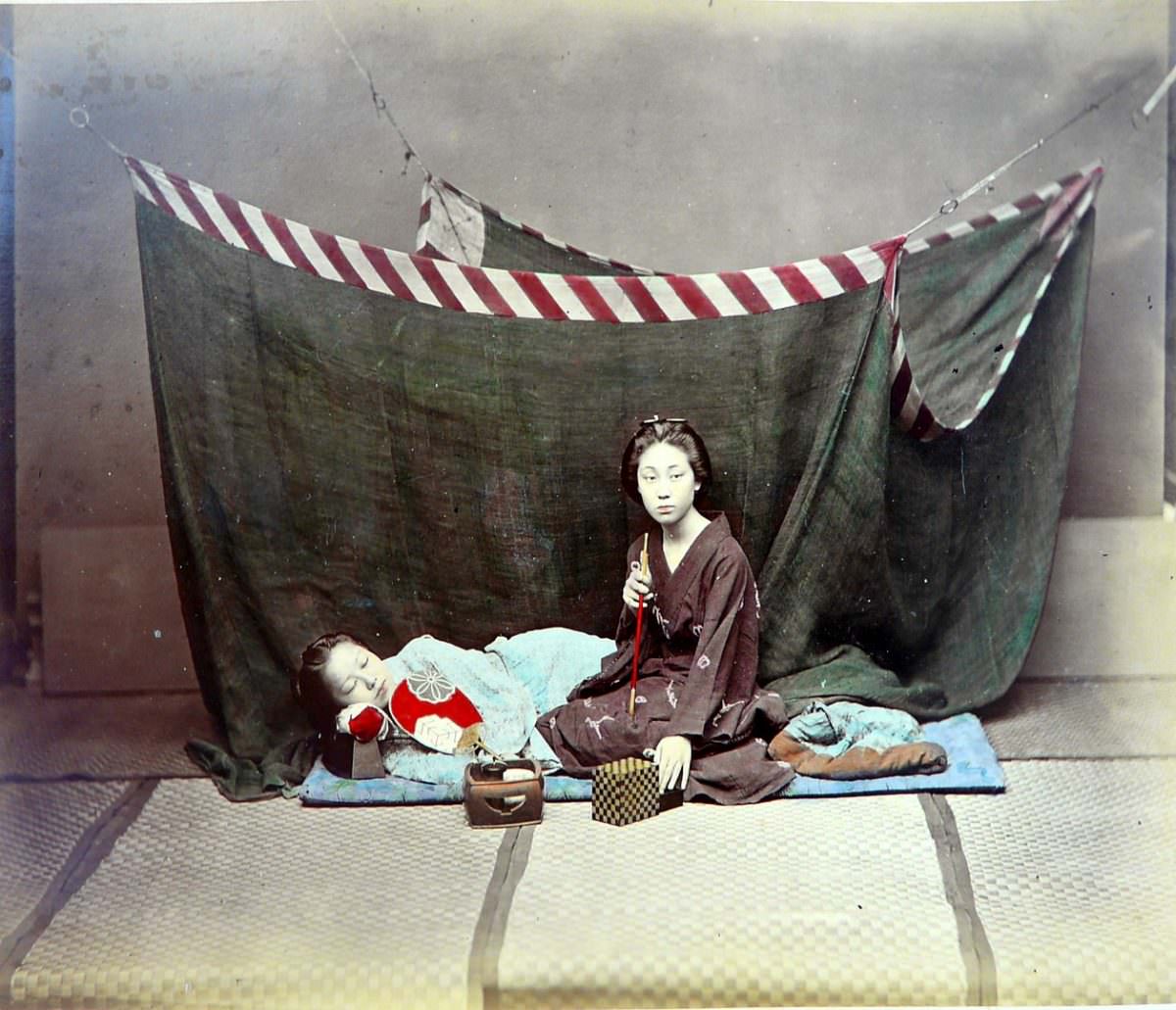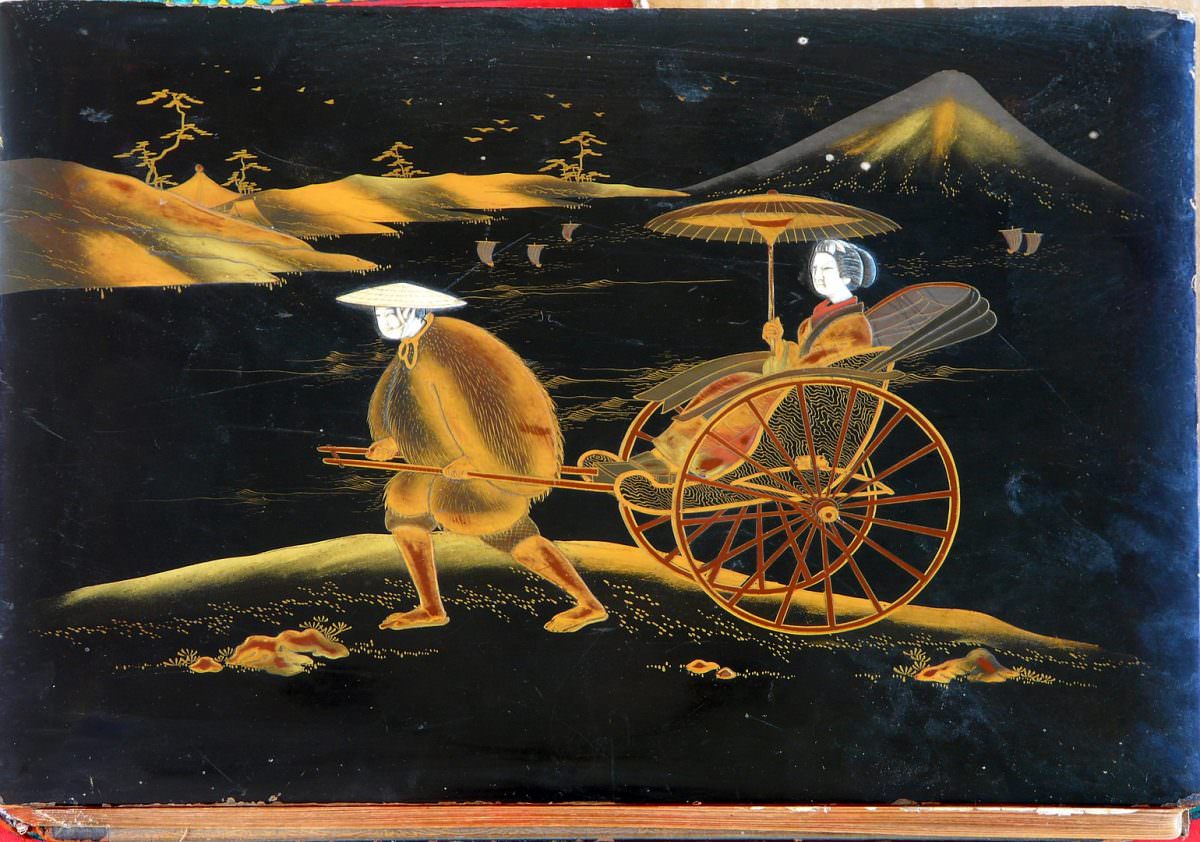Adolfo Farsari was a remarkable figure who captured the beauty of 19th century Japan through his photography. Born on February 11, 1841, in Venice, Italy, Farsari lived a life full of adventure and creativity. He began his career as a soldier and artist in the United States before eventually finding his true passion in photography. This passion led him to Japan, where he established a successful photographic studio in Yokohama.
Farsari arrived in Japan during a time of great change. The country was opening up to the West after centuries of isolation. This period, known as the Meiji Restoration, began in 1868 and transformed Japan’s culture, economy, and society. Farsari’s photographs provide a unique glimpse into this fascinating time. They showcase the people, landscapes, and traditions of Japan, blending Western and Japanese influences.
Farsari’s Journey to Japan
Farsari’s journey to Japan began after he spent years in the United States. He had served as a soldier in the U.S. Army and traveled across the country. Eventually, he moved to Yokohama in the early 1860s. The city was bustling with activity and served as a major port for foreign trade. Farsari quickly recognized the potential for photography in this vibrant environment.
Read more
In Yokohama, Farsari established his photographic studio. He began taking pictures of the local scenery, people, and cultural events. His work quickly gained popularity, attracting both locals and foreign visitors. Farsari’s studio became known for its high-quality photographs, which were often hand-coloured to enhance their beauty.
The Art of Hand-Coloured Photography
Farsari’s photographs were primarily sepia monochrome albumen prints. This printing process involved using egg whites to create a smooth surface for photographs. The images produced were sharp and detailed, but they lacked color. To add vibrancy, Farsari and his team hand-coloured each print. This meticulous process involved applying watercolours to specific areas of the photograph. The result was stunning images that combined the realism of photography with the artistic flair of painting.
The hand-colouring technique was popular during the 19th century. It allowed photographers to create more visually striking images. Farsari’s work stood out because of his skill in blending natural colors with his photographs. The lush greens of Japan’s landscapes, the rich reds of traditional clothing, and the soft blues of the sky all came to life in his images.
Capturing Japan’s People and Culture
In 1885 and 1886, Farsari produced a sensational album that showcased Japan’s people and culture. This album included hundreds of photographs, each telling a story of everyday life in Japan. Farsari captured a wide range of subjects, from farmers tending to their fields to street vendors selling their wares. His images reflect the diversity of Japanese society during this transformative period.
Many of Farsari’s photographs depict traditional Japanese clothing. Men and women are seen wearing kimono, a traditional garment known for its beautiful patterns and colors. His subjects often posed in natural settings, such as gardens or near temples. These compositions highlight the harmony between people and nature, an important theme in Japanese culture.
Farsari also photographed festivals and celebrations. His images of parades, dances, and ceremonies provide a glimpse into the rich traditions of Japan. These events often featured vibrant costumes and lively performances. Farsari’s ability to capture the energy of these moments made his photographs especially captivating.


